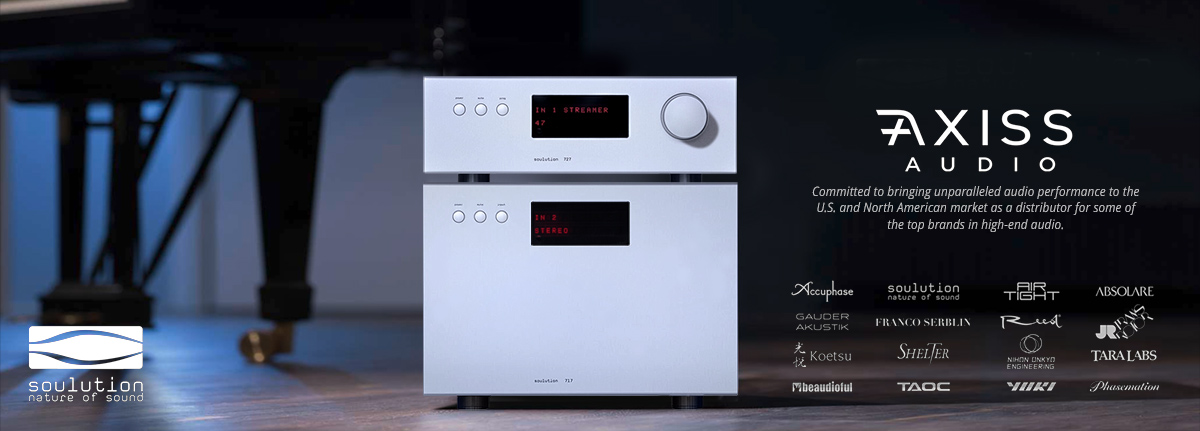not sure how to do that. if you explain I will try to follow.
these are 'quasi-XLR's', so one leg is not used, but you have the plugs for the choice to do what I did. but now there is no noise to worry about.
According to Lamm pin 3 is not left unused, but shorted to ground - it is why I do not appreciate the idea of using a XLR cable, shorting the inverting output of the DartZeel preamplifier. These should never be called Pseudo or quasi XLR, they are single ended XLR!
In order to test for residual noise just insert an RCA plug with a short between signal and ground or a XLR with pin 2 shorted to 1.

















